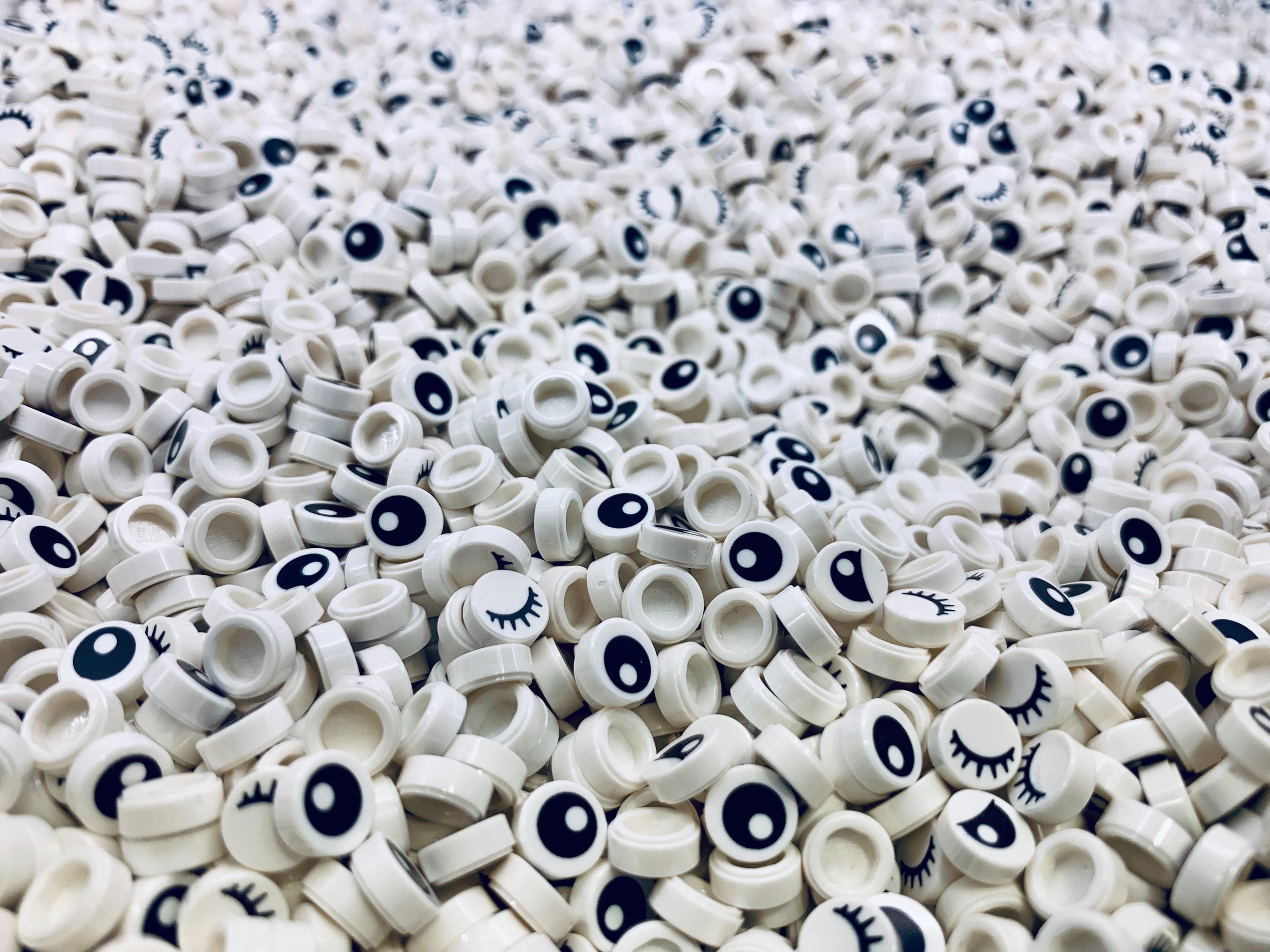3D Printing vs. Traditional Manufacturing
In recent years, the world of manufacturing has witnessed a revolution with the emergence of 3D printing technology. This innovative approach to production has rapidly gained popularity and is often compared to traditional manufacturing methods. In this article, we'll explore the key differences between 3D printing and traditional manufacturing, highlighting their advantages, disadvantages, and the industries where each excels.
3D Printing: A Glimpse into the Future
3D printing, also known as additive manufacturing, is a process that builds objects layer by layer using digital design files. This method boasts several advantages:
1. Rapid Prototyping: 3D printing allows for the quick and cost-effective creation of prototypes. Design iterations can be produced within hours, reducing lead times significantly. This is particularly beneficial in industries like product development, where quick adjustments and testing are crucial.
2. Design Complexity: Unlike traditional manufacturing, 3D printing can produce intricate and complex geometries that would be impossible or extremely expensive to create through conventional methods. This opens up new possibilities in design, especially in industries like aerospace and medical devices.
3. Low Volume Production: For products not intended for mass production, 3D printing offers a cost-effective solution. It eliminates the need for expensive molds and tooling, making it ideal for customized or low-volume parts.
4. Reduced Material Waste: Traditional manufacturing often generates substantial material waste. In contrast, 3D printing is an additive process, which means it generates minimal waste, making it environmentally friendly.
5. Customization: With 3D printing, customization is easily achievable. Whether it's creating personalized prosthetics, unique jewelry, or tailored components, this technology excels in delivering one-of-a-kind solutions.
Traditional Manufacturing: Tried and True
Traditional manufacturing methods have been the backbone of industrial production for centuries. Here are some of its strengths:
1. Cost Efficiency at Scale: Traditional manufacturing, such as injection molding and CNC machining, becomes cost-effective when producing large quantities. The initial tooling costs can be offset by the economies of scale.
2. Material Variety: Traditional manufacturing processes can work with a wide range of materials, from metals and plastics to ceramics and composites. This versatility is essential in industries requiring specific material properties.
3. Surface Finish and Strength: For applications where surface finish and material strength are critical, traditional manufacturing techniques often outperform 3D printing. Industries like automotive and aerospace rely on these qualities.
4. Established Infrastructure: Traditional manufacturing methods have well-established supply chains and infrastructure, making them a reliable choice for industries with stringent quality and production standards.
5. Mass Production: When it comes to high-volume production, traditional manufacturing reigns supreme. It can produce thousands or even millions of identical parts efficiently.
The Verdict:
Synergy, Not Competition
In the debate of 3D printing vs. traditional manufacturing, there is no clear winner. Rather, these two methods complement each other. The choice between them depends on the specific needs of the project, budget constraints, and the desired outcome.
For businesses and individuals, having access to both 3D printing and traditional manufacturing provides a versatile toolkit. 3D printing shines in rapid prototyping, customization, and low-volume production. Traditional manufacturing excels in mass production, material variety, and robustness.
In conclusion, 3D printing and traditional manufacturing are not adversaries but partners in shaping the future of production. Embracing the strengths of each method enables innovation, efficiency, and flexibility in manufacturing.
At SG 3D Printing, we recognize the potential of 3D printing technology. As a prominent Ashford-based provider, we specialize in a diverse array of 3D printing services, all customized to meet your specific requirements. Whether it's rapid prototyping or extensive production, we are here to help.
For more information on our services and how we can meet your manufacturing needs, visit our home page.



